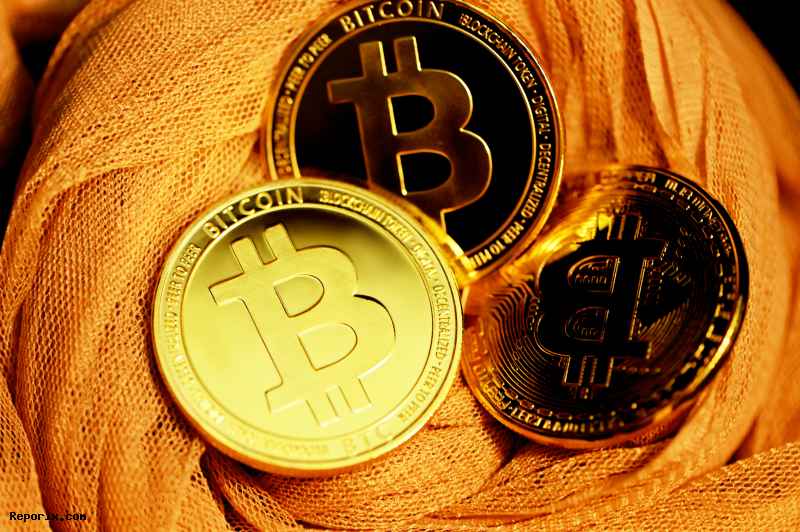The year 2025 could become a defining moment for digital money. While Bitcoin and other cryptocurrencies continue to push for broader acceptance, the European Central Bank is preparing to launch the digital euro — a state-issued, official digital currency. As crypto evolves from hype to utility, and governments enter the digital money space, both investors and everyday users face big questions. What’s coming, and what really matters?
Bitcoin is once again in the spotlight following the 2024 halving. If past trends hold true, 2025 might see new price highs. More importantly, institutional interest is rising fast. Major financial players like BlackRock and Fidelity have launched crypto ETFs, helping to push Bitcoin closer to the mainstream. But is this the beginning of a new stable growth phase, or just the calm before the next storm?
Ethereum, meanwhile, is undergoing another major upgrade. Ethereum 3.0 promises to make the network faster, cheaper, and more scalable — a critical step for decentralized apps and smart contracts. Many in the crypto space believe we’re heading for a second wave of DeFi (Decentralized Finance) — this time less about hype, more about practical use.
At the same time, the speculative side of crypto hasn’t gone away. Meme coins continue to rise and fall overnight, sometimes making headlines, sometimes causing chaos. But regulators around the world are losing patience. Stricter rules could put an end to the “anything goes” era — and force the market to mature.
Perhaps the most important development, though, is the digital euro. Unlike cryptocurrencies, the digital euro is not decentralized. It’s issued directly by the European Central Bank, and is essentially a digital version of physical cash. You won’t need a bank account to use it. Transactions could be instant, free, and even work offline — thanks to technologies like NFC, similar to how we tap credit cards today.
Supporters see it as a breakthrough: fast payments without middlemen, more financial inclusion, and an answer to Big Tech’s growing control over digital finance. But critics are raising big questions. Will the digital euro allow governments to track every transaction? Could it cause a shift away from private banks, if people move their money directly to the central bank? And perhaps most practically: will people and merchants even use it?
The rollout is already in motion. Pilot tests began in 2024 in select European regions, including Germany. A wider launch is expected by 2025 or 2026. But early reports suggest adoption may be slow, especially in places where cash is still king.
Beyond Europe, the global fight over digital money is heating up. In the U.S., the SEC’s tough regulatory stance is slowing innovation, but some argue it protects consumers. The EU is taking a more structured approach, with the MiCA (Markets in Crypto-Assets) regulation now in effect, offering clearer rules for investors and exchanges. Meanwhile, China is moving ahead with its digital yuan, promoting it as an alternative to Western-led financial systems.
For everyday users, the key question is simple: how will all of this affect how we pay, save, and invest? Some shops already experiment with Bitcoin payments, though it’s still rare. Stablecoins like USDC are gaining ground as an alternative to PayPal or credit cards — especially for online transfers. But most people still rely on traditional money, and concerns about security, volatility, and regulation keep crypto from going fully mainstream.
Then there’s the issue of cash. The European Central Bank insists that physical money isn’t going away — at least not yet. But the more the digital euro spreads, the more likely cash will lose relevance over time. At the same time, privacy-focused coins like Monero face bans and legal pressure, raising concerns over financial freedom in a fully traceable digital system.
Looking ahead, here’s what experts expect for 2025: Bitcoin may stabilize somewhere between $50,000 and $100,000, while the digital euro officially launches — but struggles to gain public trust. DeFi and NFTs could make a comeback, this time with more focus on utility than hype. And meme coins? Most will disappear, as regulators crack down and users demand more substance.
Conclusion: Digital Money Grows Up in 2025
Digital currencies are no longer a fringe topic — they’re reshaping how we think about money. Whether it’s investing in crypto, paying with stablecoins, or adjusting to a central bank digital currency, 2025 is a year of change. What remains to be seen is whether that change will bring more freedom — or more control.




